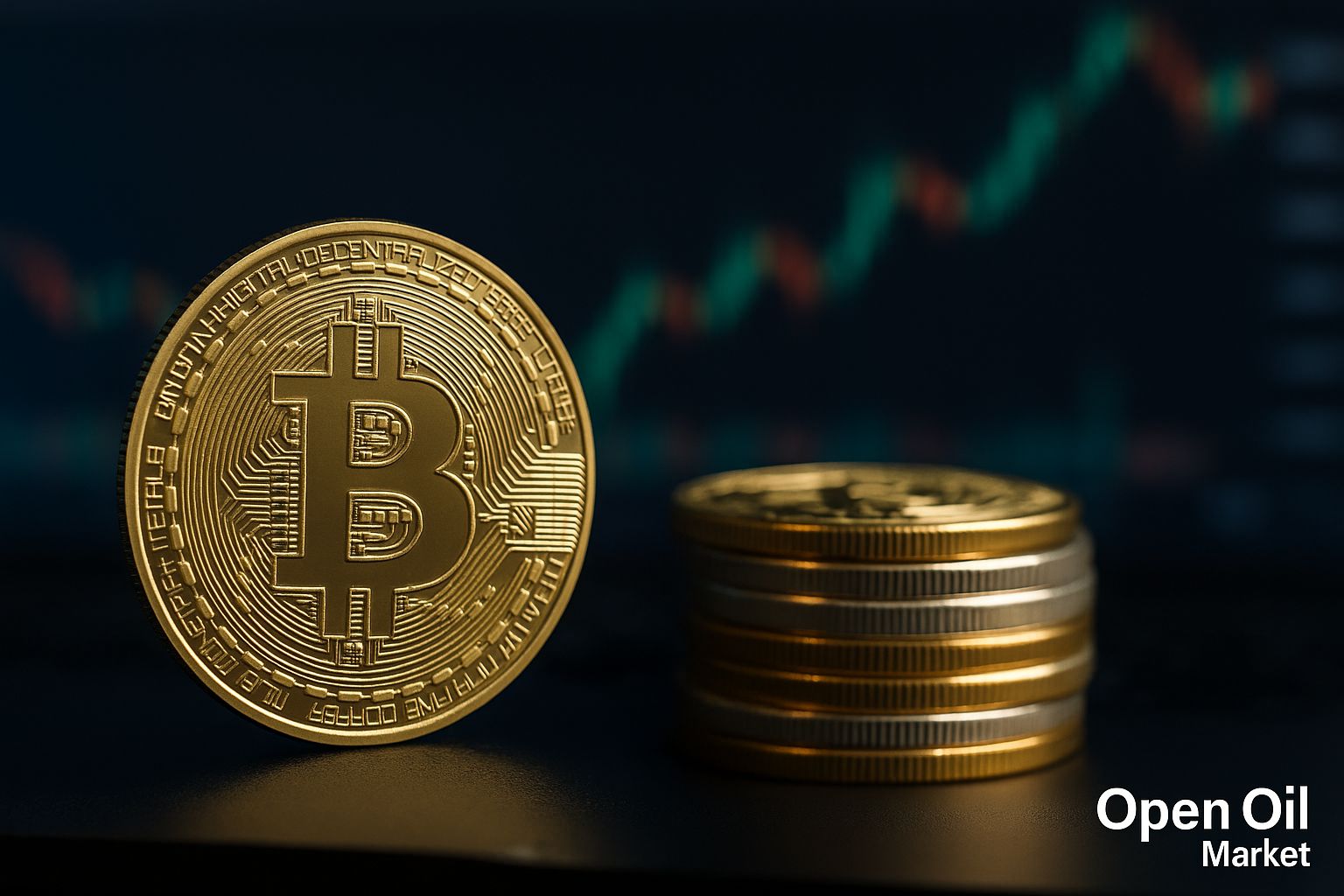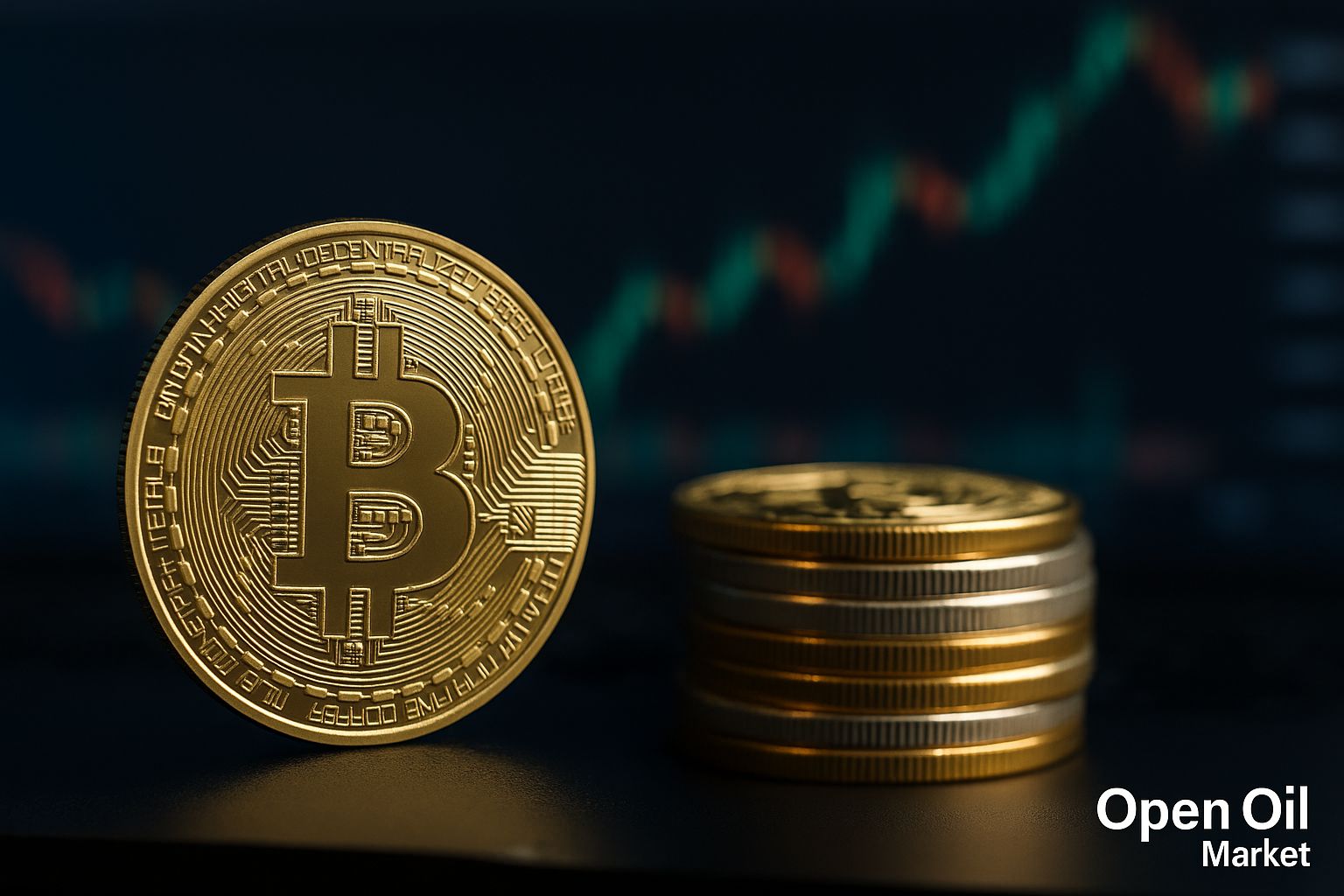
Global Startup and Venture Investment News for 28 October 2025: Mega-Rounds in AI, the Return of Mega-Funds, IPO Growth, and New Funds. Analysis of Trends for Venture Investors.
By the end of October 2025, the global venture market is demonstrating steady growth after several years of decline. Investors worldwide are once again actively investing in technology startups—record deals are being made, and plans for companies to go public are back in the spotlight. Major players are returning to the market with large-scale investments. Governments across various countries are increasing support for innovation, stimulating the influx of private capital into startup ecosystems and providing new momentum for the industry's development. According to industry analysts, in the third quarter of 2025, the total volume of venture investments globally grew by nearly 40% year-on-year—a clear testament to the return of risk appetite.
Venture activity is rising across all regions. The US remains the leader (with the AI sector experiencing particularly rapid growth); in the Middle East, investment volumes nearly doubled over the past year; in Europe, there are notable shifts, with Germany overtaking the UK in venture financing for the first time in a decade. In Asia, while regulatory uncertainty continues to dampen activity in China, India, Southeast Asia, and Gulf countries are attracting record streams of capital. The investment boom is reaching new horizons, with tech hubs being established in Africa and Latin America. The startup ecosystems in Russia and the CIS are also striving to keep pace, despite external restrictions. A global venture upswing is evident, although investors remain selective and cautious in their deal-making.
Below are key events and trends in the startup industry for 28 October 2025:
- The return of mega-funds and large investors. Leading venture funds are raising record-sized funds and significantly boosting their investments, saturating the market with capital and rekindling risk appetite.
- Record rounds of investment in AI and a new wave of “unicorns”. Extremely large investments in AI startups are driving up company valuations to unprecedented heights, spawning a new generation of “unicorns”.
- A revival of the IPO market. Successful public market entries by technology companies and new listing applications indicate that the long-awaited “window” for exits has reopened.
- A boom in defence technologies. The geopolitical landscape is generating heightened interest in defence and security startups, bringing them to the forefront of the venture agenda.
- Diversification of sector focus. Venture capital is being directed not only towards AI but also fintech, climate (“green”) projects, biotechnology, and even crypto-startups.
- A wave of consolidation: M&A deals. Major mergers and acquisitions are reshaping the industry landscape, creating new opportunities for profitable exits and accelerated company growth.
- Local focus: Russia and the CIS. New funds and programmes to develop local startup ecosystems are being launched in the region, attracting investor interest despite external restrictions.
- Cautious optimism among investors. The market is experiencing a resurgence; however, participants maintain a prudent approach to startup valuations and avoid excessive risk.
The Return of Mega-Funds: Big Money is Back in the Market
The largest investment players are triumphantly returning to the venture stage, marking a new wave of risk appetite. For instance, the Japanese conglomerate SoftBank has invested billions in a leading AI market player, while the American firm Andreessen Horowitz is targeting a record fund of $10 billion for investments in AI and defence.
Sovereign funds from wealthy Gulf countries have also significantly ramped up their activity: they are pouring billions into technology projects and launching government mega-programmes to support the startup sector, establishing their own tech hubs in the Middle East. New venture funds are being formed globally, attracting substantial institutional capital for investments in high-tech sectors.
Renowned Silicon Valley funds have accumulated record reserves of uninvested capital (“dry powder”)—hundreds of billions of dollars are ready to be deployed as soon as market confidence is restored. The influx of such “big money” intensifies competition for the best deals while instilling confidence in the industry regarding the availability of capital. The return of mega-funds demonstrates that investors are once again willing to fund ambitious projects with large cheques, renewing the growth momentum of the venture market.
Record Investment in AI and New “Unicorns”
The artificial intelligence sector remains the main driver of the current venture upswing, demonstrating unprecedented financing volumes. Investors are eager to secure positions among AI leaders, directing colossal resources into the most promising projects. In recent weeks alone, several mega-rounds have been announced: for example, American startup Crusoe, which is creating data center infrastructure for AI models, raised approximately $1.38 billion with a valuation of around $10 billion. Significant rounds were also closed by developers of foundational AI models: Anthropic (with total investments of around $13 billion) and xAI (~$5.3 billion). Such deals elevate company valuations to previously unseen heights and underscore the frenzy surrounding AI startups.
Moreover, not only application products incorporating artificial intelligence are receiving funding, but also infrastructural solutions—the market is willing to pay generously even for the “shovels and pickaxes” of this new “gold rush” in AI. As a result, the current investment boom is spawning a plethora of new “unicorns” (private companies valued at over $1 billion). Although some experts caution about the risk of overheating in certain projects, the appetite for venture capital in AI startups remains extremely strong. Furthermore, capital in the market is concentrating around the largest rounds: according to Crunchbase, in 2025, about 70% of all investments in American startups came from deals of $100 million or more, while globally, the share of such mega-rounds reached about 60%. Investors increasingly bet on a limited circle of the most promising companies, preferring to invest large sums in leaders with breakthrough technologies and scalable business models.
The IPO Market Comes Alive: A Wave of Public Offerings
The global primary public offering (IPO) market is starting to emerge from an extended lull and regain momentum. In Asia, Hong Kong is leading a new wave of technological IPOs: in recent months, several major technology companies have successfully listed, collectively attracting investments worth billions of dollars. The situation is also improving in the US and Europe, where a number of highly-valued startups have successfully debuted on the stock exchange, generating high investor interest and confident stock price growth in the early trading days. Below are the largest venture IPOs of the third quarter of 2025:
- Chery Automobile — a Chinese automotive manufacturer whose valuation at IPO was among the highest of the year.
- Figma — an American design platform that listed shares with a valuation of approximately $15–20 billion.
- Klarna — a Swedish fintech “unicorn” (a “buy now, pay later” service) that has successfully gone public.
- Netskope — an American cybersecurity company that completed its listing with a multi-billion valuation.
Even the crypto industry is attempting to capitalize on the improved market conditions. The fintech company Circle successfully conducted an IPO last summer (its market capitalization significantly increased after the listing), while the cryptocurrency exchange Bullish has filed for a listing in the US with a target valuation of around $4 billion. The return of activity in the IPO market is crucial for the venture ecosystem: successful public exits enable funds to realise profits, return capital to investors, and redirect freed-up funds to support new projects.
The Boom in Defence Technologies: A New Priority for Investors
Amid geopolitical tensions, the niche for defence and military-tech startups is rapidly evolving. Venture investors are actively financing projects related to defence and security, and investment in this sector in 2025 has significantly increased, nearing the record levels of previous years. In Europe alone, analysts estimate that investments in defence and security startups will exceed $8 billion this year (up from approximately $5.4 billion in 2024). Startups developing defence technologies are coming to the forefront as a new growth point in the industry.
New ambitious players are emerging, challenging traditional defence giants. A prime example is the American startup Anduril, whose valuation is approaching $30 billion. Large venture funds are also directing significant resources to national security projects, confirming the establishment of a new priority for the industry. Despite lingering barriers, investing in defence technologies is increasingly viewed as a promising and socially significant direction, supported by both private and public capital.
Diversification of Investments: Not Just AI
Despite the predominant focus on artificial intelligence, venture investments are encompassing a wider array of sectors and are no longer confined solely to AI. Following last year’s downturn, fintech is regaining momentum: large funding rounds are taking place not only in the US but also in Europe and emerging markets, stimulating the growth of new digital financial services. Concurrently, there is a sharp increase in interest in climate and “green” technologies: projects in renewable energy, sustainable solutions, and agri-tech are attracting record investments on the wave of the global sustainability trend. According to analysts, in the first nine months of 2025, global climate startups attracted over $56 billion in investments—more than in the entire year of 2024.
Investor appetite for biotechnology, especially in pharmaceuticals and digital health, is returning as promising developments and platforms draw capital back into the sector following a period of declining valuations. Additionally, with increased attention to security, investors are beginning to return to the defence-tech segment, and the partial restoration of trust in the cryptocurrency market has allowed some blockchain projects to secure funding once again. Thus, the expansion of sector focus is making the entire startup ecosystem more resilient and reducing the risk of overheating in specific segments. Investors are willing to support not only AI projects but also fintech innovators, “green” startups, biotech, and other promising directions.
Market Consolidation and M&A Deals
High startup valuations and intense competition are driving a wave of consolidation within the industry. Major mergers and acquisitions are coming back to the forefront, redistributing roles within the market. Tech giants are closely monitoring leaders among startups, eager to secure key technologies and teams.
In recent months, several high-profile acquisitions have captured the industry’s attention. For instance, Google has agreed to acquire Israeli cybersecurity startup Wiz for approximately $32 billion—a record sum for the Israeli market. There is also a noted increase in strategic purchases: in the first half of 2025, the total volume of startup acquisitions exceeded $100 billion (a 155% increase from the previous year), as large companies are willing to write large cheques for promising assets, especially in AI and corporate technologies.
Overall, the resurgence of M&A activity indicates that the ecosystem is maturing. Mature startups are either merging with one another or being acquired by corporations, providing venture investors with much-anticipated profitable exits and accelerating the scaling of innovations.
Russia and the CIS: New Funds and Initiatives
Despite external restrictions, there is a noticeable resurgence in startup activity and systematic efforts to develop the local ecosystem in Russia and neighbouring countries. In 2025, several new venture funds have been announced:
- Nova Capital — a 10 billion ruble fund for early-stage IT startup investments.
- Kama Flow — a new fund of comparable size aimed at supporting later-stage projects.
- Corporate funds — several large corporations and banks are also establishing their own venture divisions focused on domestic technology projects.
In addition to funding, accelerators, educational programmes, and other initiatives are being launched in the region to support entrepreneurs. Local startups are beginning to attract attention not only from Russian investors but also from foreign partners in friendly countries. Although the volumes of the venture market in Russia and the CIS still lag behind global leaders, the region is striving to keep up with global trends. Investors here are acting selectively and focusing on niches where local teams have competitive advantages.
Cautious Optimism and New Opportunities
As 2026 approaches, the startup and venture investment industry is confidently entering a phase of revival. The global influx of capital, the wave of new “unicorns”, successful IPOs, and strategic deals all point to a restoration of confidence in the market. However, ecosystem participants maintain a degree of prudence: investors are taking a more measured approach to project valuations, favouring startups with sustainable business models and realistic growth plans, and striving to avoid excessive risk.
This balanced approach inspires cautious optimism. The venture market is returning to growth on a more stable basis, without overheating in specific segments. This opens up new opportunities for investors and founders around the world—the market is evolving with quality, creating a solid foundation for further expansion of the startup scene.




